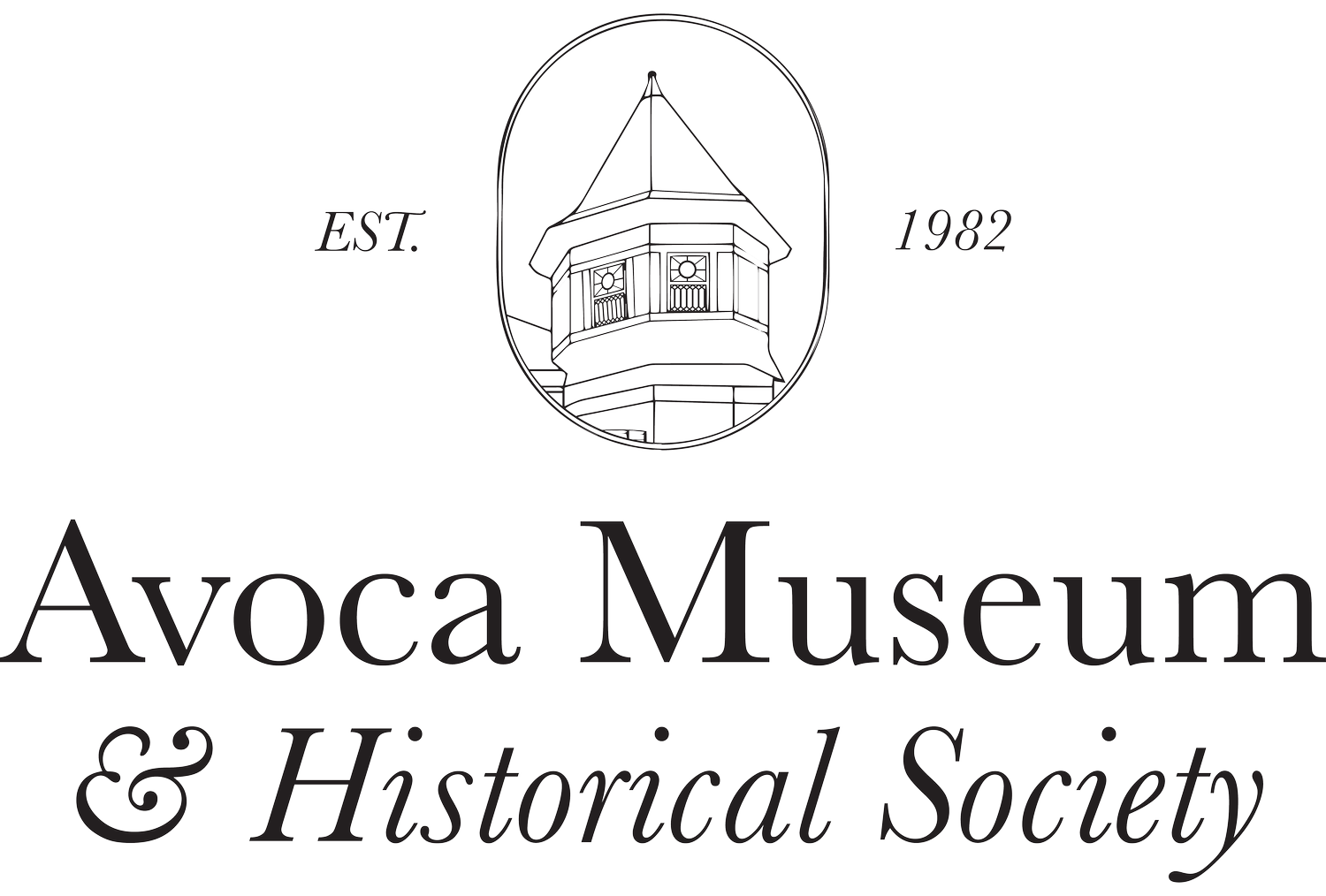Avoca in the Revolutionary War
We’ve already discussed the famous activities of Colonel Charles Lynch Jr. during the Revolutionary War, but what about the big picture? Avoca was featured in a prominent location during the American fight for independence, in fact the whole state of Virginia would hold some of the war’s most important battles. In order to give a more personal view of what it would have been like to live through these tumultuous times, let’s see what kind of artifacts housed in Avoca Museum might lend us such insight. Even though the Avoca we know today was home to the Fauntleroy family, several pieces throughout the house are indicative of the Lynch family. The first piece that takes us back to the days of the American Revolution is housed in the Avoca Museum Visitor Center. It is there that the trunk of Colonel Charles Lynch Jr’s infamous “Lynch Tree” is preserved. It is easy to imagine the patriotic Colonel putting a quick stop to the Tory plot under this very tree. Once we move inside of Avoca House a painting of Charles Henry Lynch is positioned over the music room piano. Charles Henry Lynch was the last owner of Avoca House before the Fauntleroy’s took over, and one has to wonder if this stoic man bears any resemblance to his famous patriot ancestor. Perhaps some of the museum’s most intriguing pieces from the Lynch family is a recreation of the three original land grants issued to Charles Lynch Sr by King George II and III (pictured below). This land grant included the site where Avoca would take shape. It is ironic that the very land granted by the king of England would later be celebrated as a place where patriotic justice occurred.

